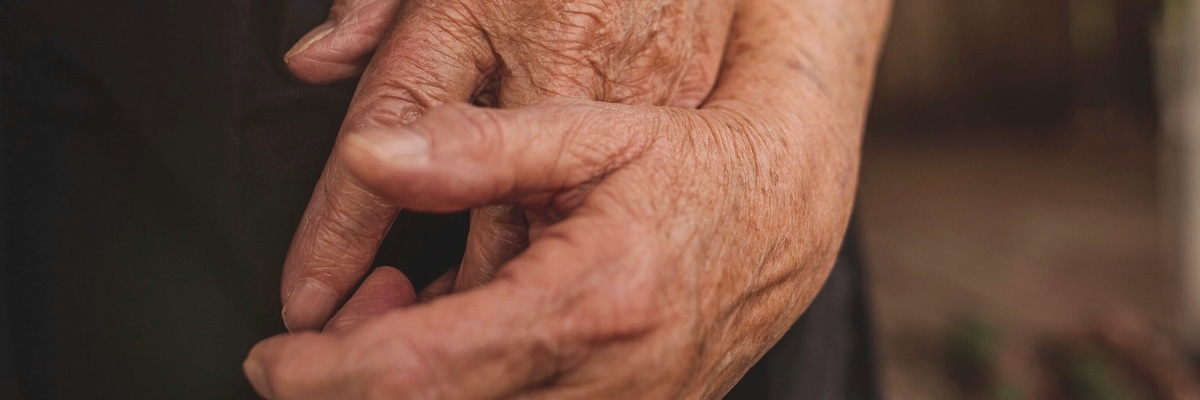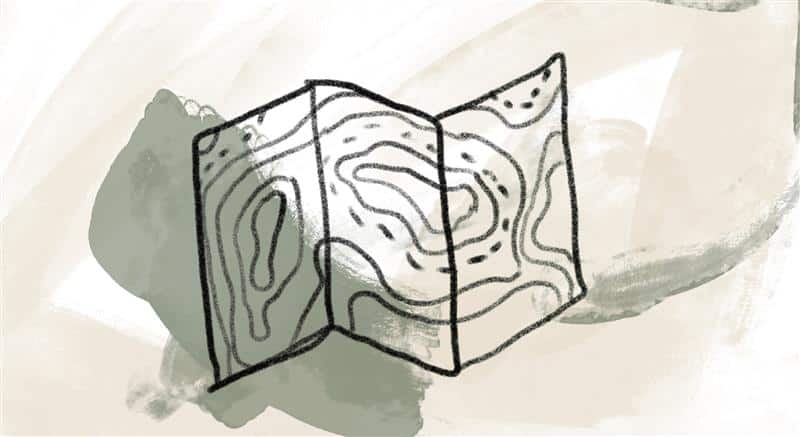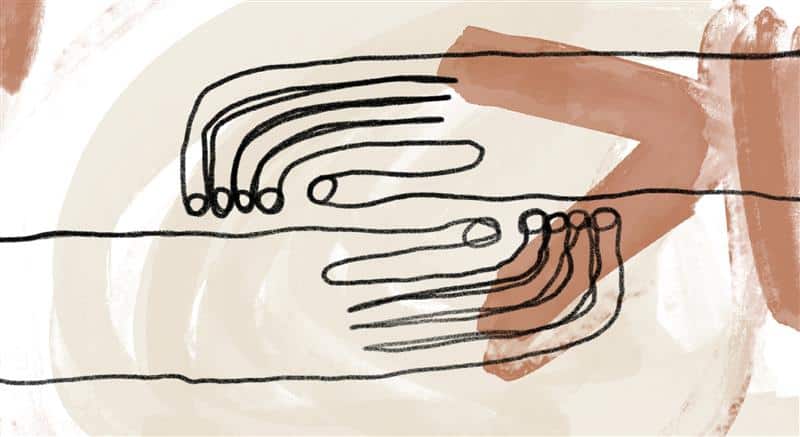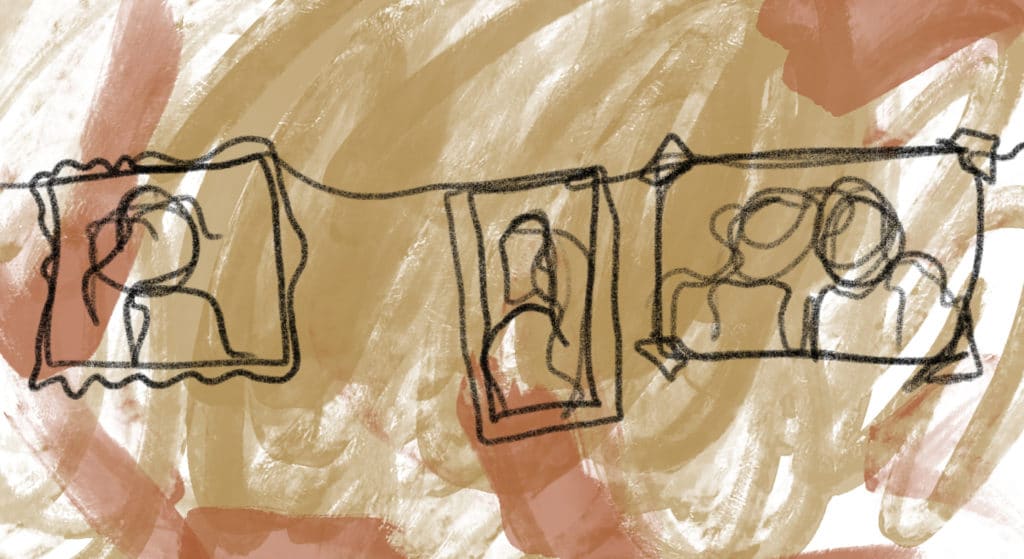
Richard Rohr honors the divine dimension of embodied love:
Authentic love is about giving a bit of myself to another—and, in this surrender, something new is created. The flow of love is a divine experience mirroring the relationship within the Trinity. It is possible to connect our varied experiences of embodiment—through gender, sexuality, and physicality—with the very life of God flowing through us. We are co-creators with God, not just passive observers, in a world that is continually evolving and unfolding.
In the midst of authentic lovemaking (physical and/or emotional), we realize there is a third element that is beyond us or our beloved. In the Trinitarian view, we call this third energy the Holy Spirit. Unconditional, unselfish love takes place when I love and care for the other for their own sake. I seek their pleasure more than my own, even to the point of suffering for their good. Such love brings us beyond separation to a place where we are one even if we are far apart physically or in time.
I’ve witnessed this eternal, unbreakable intimacy in people whose partner has passed away. More than one bereaved spouse has said to me, “He’s actually more real, more present to me now than when his body was alive.” This means they fully experienced the “bridal chamber” or the divine espousals, to use Teresa of Ávila’s mystical language. [1] We are part of the divine lovemaking in which we are both making love and being made love to in the same action (See Song of Songs 1). This is experienced as an energy and life that is larger than our own. We are merely along for the ride!
Of course, the greater the light there is in something, the greater the shadow it casts. Sexuality and false intimacy also have the power to destroy and wound. No wonder there are so many taboos around sexuality. It has been said, “Where nothing is forbidden, nothing is required.” There’s something so significant required of the soul to make and to commit to love that I’m not surprised so many cultures and religions have created so many moralistic guidelines—even if a lot of them were not very helpful or healing. Impulse control is certainly a valuable skill for an adolescent to learn, but too often the church’s teaching just led to shame or pre-emptive repression rather than healthy sexuality. (This is not to say that all free expression is wonderful, moral, or even helpful!)
What is so important and essential here? I believe it’s simply this: We are each a sacred image of the Divine. We are co-creators with God, so we must respect our own embodiment, and the sacred embodiment of the other. Let Paul speak his truth here: “Do you not know that you are the temple of God and that the Spirit of God dwells in you?… The temple of God, which you are, is holy” (1 Corinthians 3:16–17).
References:
[1] Teresa, The Interior Castle, Fifth Mansions 4.3.
Adapted from Richard Rohr and Cynthia Bourgeault, God as Us! The Sacred Feminine and the Sacred Masculine (Albuquerque, NM: Center for Action and Contemplation, 2011). Available as MP3 audio download.
Image credit and inspiration: Nina Hill, untitled (detail), 2020, photo, Unsplash. Click here to enlarge image. The connective energy of human touch, entwining our hands and our hearts. We are not alone.
Story from Our Community:
When I was 15, the concept of being “saved” was small and obscure. I gave my life to Christ at a tent revival, but what did that even mean? Decades later, I am transformed by the awareness of unconditional love as described by Richard Rohr and other contemplative teachers. I am struck by the expansiveness and the intimacy of that Love. My heart soars as I embrace so much more.
—Judith S.




